30s Vesicare 5 mg coated tablets
$39.60
Description
The instruction for medical use of Vezikar Torgovoye medicine a name Vezikar Mezhdunarodnoye the unlicensed name Solifenatsin Lekarstvennaya the Tablet form, coated, 5 mg Structure One tablet contains active agent – a solifenatsin succinate of 5 mg, excipients: lactoses monohydrate, starch corn, gipromelloza of 3 MPas · with, magnesium stearate, structure of a cover: opadray yellow 03F12967 (gipromelloza of 6 MPas · with, talc, a macrogoal 8000, the titan dioxide (E 171), ferrous oxide yellow (E 172)). The description of the Tablet of round shape, with a biconvex surface, film coated light yellow color, with marking ‘150’ and the graphic representation of a logo of the company on one party. Pharmacotherapeutic group Drugs for treatment of urological diseases. Other drugs for treatment of urological diseases, including spasmolysants. Solifenatsin. The ATX G04BD08 code the Pharmacological Pharmacokinetics Absorption Maximum Concentration properties in plasma (Cmax) is reached in 3-8 hours. Time of achievement of the maximum concentration (tmax) does not depend on a dose. Cmax and the area under a curve of dependence of concentration from time (AUC) increase in proportion to increase in a dose from 5 to 40 mg. The absolute bioavailability is about 90%. Meal does not influence Cmax and AUC of a solifenatsin. Distribution the Volume of distribution of a solifenatsin after intravenous administration makes about 600 l. Solifenatsin substantially (about 98%) contacts plasma proteins, mainly with α1-кислым a glycoprotein. Metabolism Solifenatsin is actively metabolized by a liver, mainly P450 3A4 cytochrome (CYP3A4). However there are alternative metabolic paths by means of which metabolism of a solifenatsin can be carried out. The system clearance of a solifenatsin is about 9.5 l/hour, and final elimination half-life is equal to 45-68 hours. After administration of drug inside in plasma besides a solifenatsin the following metabolites were identified: one pharmacological active (4R-hydroksisolifenatsin) and three inactive (N-glucuronide, N-oxide and 4R-hydroxy-N-oxide of a solifenatsin). Removal After single introduction of 10 mg of a 14C-marked solifenatsin later about 70% of radioisotopes was revealed 26 days in urine and 23% in excrements. In urine about 11% of radioisotopes about 18% in the form of a N-oxidic metabolite, 9% in the form of a 4R-hydroxy-N-oxidic metabolite and 8% in the form of metabolite 4R-hydroxy (active metabolite) are revealed in the form of not changed active agent. Linearity/nonlinearity Pharmacoquinetica of a solifenatsin is linear in the therapeutic range the Age dosed Features of pharmacokinetics at separate categories of patients correction of doses is not required From patients of advanced age. Researches at elderly people showed that after use of a solifenatsin of succinate (5 mg and 10 mg once a day) the exposure of a solifenatsin expressed as AUC (the area under a curve of dependence of concentration from time), was similar to exposure at healthy faces of advanced age (age from 65 to 80 years) and healthy patients of young age (age less than 55 years). Patients of advanced age had an average speed of absorption expressed as tmax a little less, and patients of advanced age had a final elimination half-life for about 20% longer. These insignificant distinctions are not clinically significant. Pharmacoquinetica of a solifenatsin was not defined at children and teenagers. Paul Pharmakokinetika of a solifenatsin does not depend on a sex of the patient. The race Race does not influence pharmacokinetics of a solifenatsin. A renal failure At patients with a slight and moderate renal failure of AUC (the area under a curve of dependence of concentration from time) and Cmax of a solifenatsin did not differ substantially from the corresponding indicators at healthy volunteers. At patients with a heavy renal failure (clearance of creatinine of ≤30 ml/min.) the exposure of a solifenatsin is much higher – increase in Cmax is about 30%, AUC – more than 100% and t1/2 – more than 60%. The significant interrelation between clearance of creatinine and clearance of a solifenatsin is noted. The pharmacokinetics at the patients who are on a hemodialysis was not investigated. The liver failure At patients with a moderate liver failure (an indicator of Chayld-Pyyu from 7 to 9) the size Cmax does not change, AUC increases by 60%, t1/2 doubles. The pharmacokinetics at patients did not decide on a heavy liver failure. The pharmacodynamics the action Mechanism the Bladder is innervated by parasympathetic cholinergic nerves. Acetylcholine causes reduction of smooth muscles of a detruzor due to impact on muskarinovy receptors, mainly M3 subtype. Solifenatsin is a specific competitive inhibitor of muskarinovy receptors, mainly subtype M3. It is also established that drug has low or lack of affinity to various other receptors and ion channels. Pharmakodinamichesky effects Treatment using the drug Vezikar in doses of 5 mg and 10 mg a day was studied in several double blind people, randomized, controlled clinical trials at men and women with hyperactivity of a bladder. The efficiency of the drug Vezikar in doses of 5 mg and 10 mg was observed within the first week of treatment and stabilized for the next 12 weeks of treatment. The long-term open research showed that the efficiency remained, at least, within 12 months. In 12 weeks of use about 50% of the patients suffering from incontinence of urine prior to treatment ceased to experience urine incontinence, and at 35% of patients the urination frequency less than 8 episodes a day was reached. Treatment of other symptoms of a hyperactive bladder also led to improvement of indicators of quality of life, such as perception of the general state of health, urine incontinence consequence, action of restrictions, physical restrictions, restrictions concerning everyday life, emotion, weight of symptoms, weight of degree and a dream/force. Indications – treatment of urgentny (imperative) incontinence of urine – treatment of the speeded-up urination and urgentny (imperative) desires to urination, characteristic of patients with a syndrome of a hyperactive bladder the Route of administration and doses Adult, including elderly people On 5 mg once a day inside, swallowing a tablet entirely, washing down with liquid, irrespective of meal time. If necessary the dose can be increased up to 10 mg once a day. Children Safety and efficiency of drug at children is not established. Therefore, children should not appoint drug. Patients with a renal failure For patients with a renal failure from easy to moderate degree (clearance of creatinine & gt, 30 ml/min.) the correction of doses is not required. At treatment of patients with a heavy renal failure (clearance of creatine ≤ 30 ml/min.) it is necessary to show care. These patients should not appoint a dose more than 5 mg once a day. Patients with an abnormal liver function with easy degree of an abnormal liver function the correction of doses is not required From patients. At treatment of patients with a moderate abnormal liver function (according to weight assessment on a scale of Child-Pugh of 7-9 points) it is necessary to show care. These patients should not appoint a dose more than 5 mg once a day. Strong inhibitors of P4503A4 cytochrome At simultaneous use of a soliyenatsin with ketokonazoly or terapevticheskm doses of other potential CYP3A4 inhibitors, for example, of a ritonavir, the nelfinavira, an itrakonazola, the maximum dose of the drug Vezikar has to be limited to 5 mg. Side effects the Short overview of a profile of safety because of pharmacological effect of a solifenatsin, drug can cause anticholinergic undesirable effect (in general) of easy and moderate degree. Frequency of emergence of anticholinergic undesirable influences is connected with a dose. The most often reported undesirable phenomenon was the dryness in a mouth. It arose at 11% of the patients receiving treatment by a dose of 5 mg once a day, at 22% of the patients receiving treatment by a dose of 10 mg once a day, and at 4% of the patients receiving placebo treatment. Weight of dryness in a mouth in general was easy and only sometimes led to the treatment termination. In general, the commitment to treatment was very high (about 99%), and about 90% of the patients receiving treatment using drug finished the entire period of a research within 12 weeks of treatment. Undesirable reactions are listed below as the decreasing identification frequency: very frequent (≥1/10), frequent (from ≥1/100 to & lt, 1/10), infrequent (from ≥1/1000 to & lt, 1/100), rare (from ≥1/10000 to & lt, 1/1000), very rare (& lt, 1/10000), unknown (it is impossible to estimate on the available data). Very often – dryness in a mouth it is frequent – illegibility of visual perception (accommodation disturbance) – a constipation, nausea, dyspepsia, an abdominal pain Infrequently – infections of urinary tract, cystitis, urination difficulty – drowsiness, fatigue – a dysgeusia (disturbance of taste) – dryness of mucous eyes, drinks, nasal cavities – a gastroesophageal reflux disease – xeroderma – peripheral hypostases Seldom – dizziness *, a headache * – obstruction of a large intestine, a coprostasis, vomiting – an itching, rash – an ischuria Very seldom – hallucinations, confusion of consciousness – a multiformny erythema, a small tortoiseshell, a Quincke’s disease It is unknown – anaphylactic reaction – a loss of appetite – a hyperpotassemia – a delirium – glaucoma – ventricular tachycardia like “pirouette”, lengthening of an interval of QT on the electrocardiogram, fibrillation of auricles, heart consciousness, tachycardia – a dysphonia – impassability of intestines – gastrointestinal discomfort – liver disorder, an aberration of indicators of functional trials of a liver – exfoliative dermatitis – muscle weakness – a renal failure * – observation in the post-marketing period came messages about cases of development of lengthening of an interval of QT and tachycardia like “pirouette” at use of a solifenatsin To the post-marketing period. determination of their frequency is represented difficult. Contraindications – an urination delay – a serious gastrointestinal illness (including toxic megacolon) – gravis myasthenia – closed-angle glaucoma – hypersensitivity to active agent or any of excipients – carrying out a hemodialysis – a heavy liver failure – the heavy renal failure or moderate insufficiency of function of a liver at simultaneous treatment by strong CYP3A4 inhibitors, for example, ketokonazoly Medicinal interactions Pharmacological interaction by medicines with anticholinergic properties can result the Accompanying treatment in more significant therapeutic and undesirable effects. After the reception termination Vezikar it is necessary to take approximately week break before beginning treatment with other anticholinergic drug. The therapeutic effect can be reduced at a concomitant use of agonists of cholinergic receptors. Drug can reduce effect of the medicines stimulating motility of digestive tract, for example – Metoclopramidum and a tsizaprid. Pharmacokinetic interaction the Research in vitro was shown that solifenatsin in therapeutic concentration does not inhibit CYP1A1/2, 2C9, 2C19, 2D6 or 3A4 allocated from microsomes of a liver of the person. Thus, it is improbable that solifenatsin will change clearance of medicines, metaboliziruyemy these CYP enzymes. Impact of other medicines on pharmacokinetics of a solifenatsin Solifenatsin is metabolized by CYP3A4. Simultaneous introduction of a ketokonazol (200 mg a day), strong CYP3A4 inhibitor, caused double increase in AUC of a solifenatsin, and in a dose of 400 mg/day – triple increase. Therefore the maximum dose of Vezikar should not exceed 5 mg if the patient at the same time accepts ketokonazol or therapeutic doses of other strong CYP3A4 inhibitors (such as ritonavir, nelfinavir, itrakonazol). Simultaneous treatment solifenatsiny and strong CYP3A4 inhibitor is contraindicated to patients with a heavy renal failure or with a moderate liver failure. Impact of induction of enzymes on pharmacokinetics of a solifenatsin and its metabolites was not investigated, also as well as influence of high-affine CYP3A4 of substrates on action of a solifenatsin. As solifenatsin CYP3A4 is metabolized, pharmacokinetic interactions with other CYP3A4 substrates with higher affinity (verapamil, diltiazem) and with the inductors CYP3A4 (rifampicin, Phenytoinum, carbamazepine) are possible. Impact of a solifenatsin on pharmacokinetics of other medicines Oral contraceptives At reception Vezikar together with oral contraceptive means is not revealed pharmacokinetic interaction of a solifenatsin and the combined oral contraceptives (ethinylestradiol/levonorgestrel). Warfarin At reception Vezikar together with warfarin pharmacokinetics of R-warfarin or S-warfarin and their influence on a prothrombin time does not change. Vezikar digoxin at combined use with digoxin does not affect digoxin pharmacokinetics. Special instructions Before beginning treatment Vezikar, it is necessary to establish whether there are no other reasons of the speeded-up urination (heart failure or diseases of kidneys). If urinary tract infection is revealed, it is necessary to begin the corresponding antibacterial treatment. Vezikar patients should appoint with care: – with clinically significant obstruction of a bladder with disturbance of outflow of urine and risk of development of an ischuria – with gastrointestinal diseases with obstruction – with risk of the lowered motility of digestive tract – with heavy renal (clearance of creatinine of ≤30 ml a minute) and moderate hepatic (an indicator of Chayld-Pyyu from 7 to 9) insufficiency, doses for these patients should not exceed 5 mg – at the same time accepting strong CYP3A4 inhibitor, for example, ketokonazol – with hernia of an esophageal opening of a diaphragm, a gastroesophageal reflux and/or to the patients who are at the same time taking medicines (for example, bisfosfonata) which can cause or strengthen an esophagitis – with vegetative neuropathy Lengthening of an interval QT and ventricular tachycardia like “pirouette” were observed at patients with such risk factors as the existing syndrome of lengthening of an interval of QT and a hypopotassemia. Safety and Vezikar’s efficiency at patients with hyperactivity of the muscles of a detruzor of a bladder caused by neurogenetic factors is not studied. Patients with rare inherited disorders of shipping of a galactose, insufficiency of Lapp-lactases enzyme, glyukozo-galaktozny malabsorption should not take the drug. At some patients using a solifenatsin of succinate it was reported about a Quincke’s disease with disturbance of passability of airways. If there is a Quincke’s disease, it is necessary to stop reception of a solifenatsin of succinate and to appoint the corresponding treatment and/or to take the appropriate measures. At some patients receiving treatment using a solifenatsin of succinate it was reported about anaphylactic reaction. At patients at whom anaphylactic reactions developed it is necessary to stop reception of a solifenatsin of succinate and to appoint the corresponding treatment and/or to take the appropriate measures. The maximum effect of drug can be revealed not earlier than in 4 weeks. Pregnancy and in the period of a lactation Is not present clinical data on women who became pregnant during reception Vezikar. The potential risk for the person is unknown. It is necessary to be careful when prescribing this drug to pregnant women. There are no data on excretion of a solifenatsin with milk at people. Use Vezikar is not recommended during breastfeeding. Features of influence of medicine on ability to run vehicles or potentially dangerous Vezikar mechanisms, like other anticholinergic drugs, the illegibility of visual perception and also infrequently drowsiness and feeling of fatigue can cause that can have an adverse effect on ability to run the vehicle and to work with mechanisms. Overdose Symptoms: The overdose can potentially cause heavy anticholinergic effects.
The highest dose of a solifenatsin of succinate received accidentally by one patient made 280 mg during the period of 5 hours, led to changes of a mental state, not demanding hospitalization. As well as in case of overdose of other anticholinergic drugs, special attention should be paid to patients with the established risk of lengthening of an interval of QT (i.e. at a hypopotassemia, bradycardia and at a concomitant use of the drugs causing lengthening of an interval of QT and to patients with heart diseases (ischemia of a myocardium, arrhythmia, stagnant heart failure). Treatment: to appoint activated carbon, to make gastric lavage effectively if it is carried out within an hour, but it is not necessary to cause vomiting. As well as in cases of overdose of other anticholinergics, symptoms it is necessary to treat as follows: – at heavy anticholinergic effects of the central action (a hallucination, the significant excitability) – physostigmine or karbakhol – in spasms or the significant excitability – benzodiazepines – at respiratory insufficiency – artificial respiration – in tachycardia – beta-blockers – at an urination delay – catheterization – at a mydriasis – to dig in pilocarpine in eyes and/or to place the patient in the dark room. The form of release and packing On 10 tablets place in blister strip packaging from a film of polyvinylchloride and aluminum foil. On 1 or 3 planimetric packs together with the instruction for medical use in the state and Russian languages place in a cardboard pack. To Store storage conditions at a temperature from 15 ºС up to 25 ºС. To store out of children’s reach! 3 years not to use a period of storage after an expiration date. Prescription status According to the prescription. The name and the country of the “Astellas of Pharm B.V. Europe.” manufacturing organization, Silviusveg 62, 2333 VE, Leiden, Netherlands the Name and the country of the owner of the registration certificate “Astellas of Pharm B.V. Europe “, Silviusveg 62, 2333 VE, Leiden, Netherlands the Address of the organization accepting in the territory of the Republic of Kazakhstan claims from consumers on quality of the products (goods) responsible for post-registration observation of safety of medicine: Representation “Astellas of Pharm B.V. Europe” in PK 050059, Republic of Kazakhstan, Almaty, Al-Farabi Ave. 15, BC Nurly Tau, body 4B, office No. 20
to Develop
Additional information
| Ingredient |
|---|





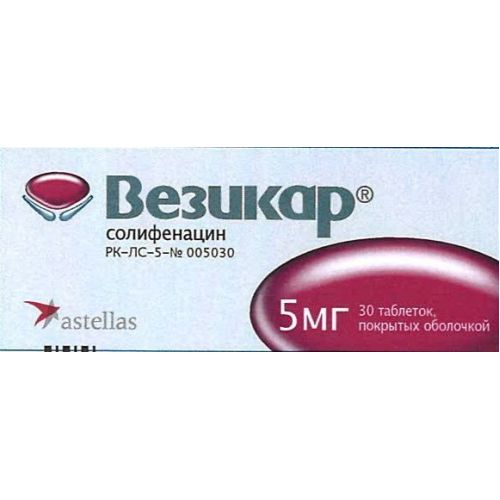
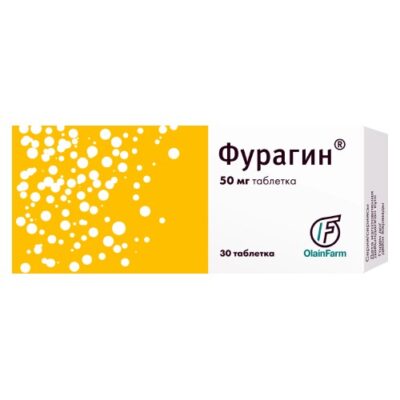
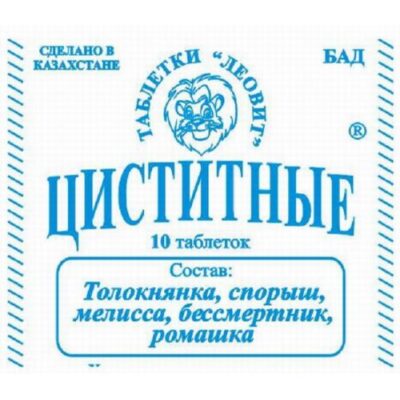
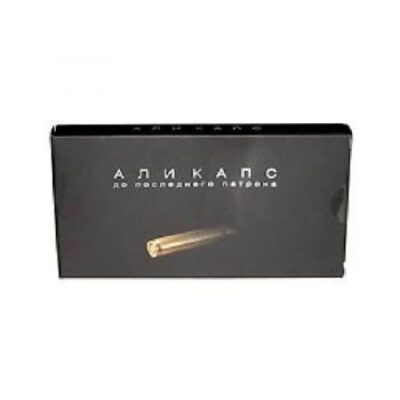
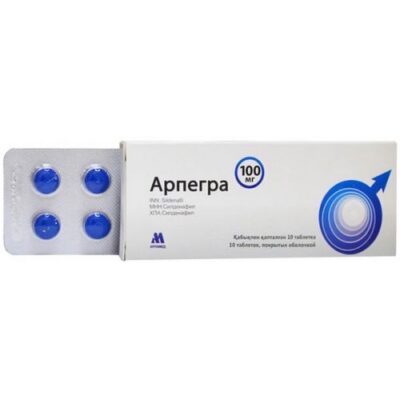
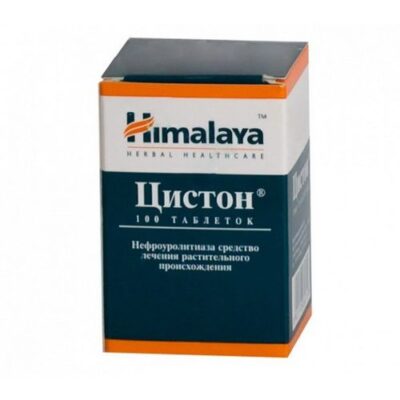
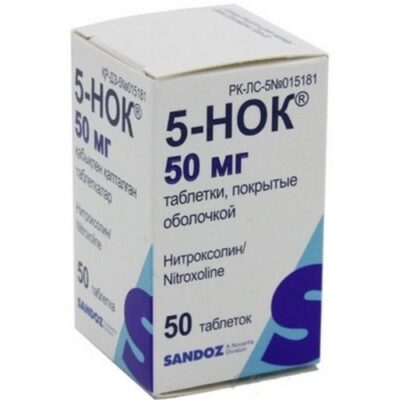
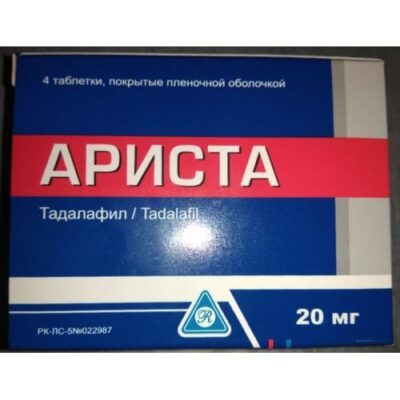
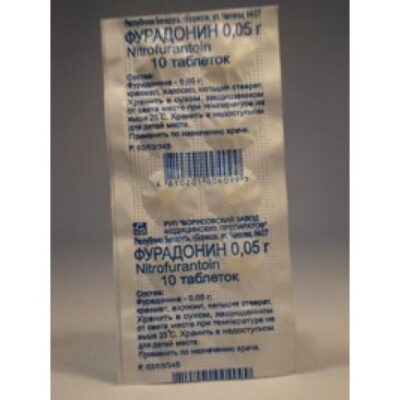
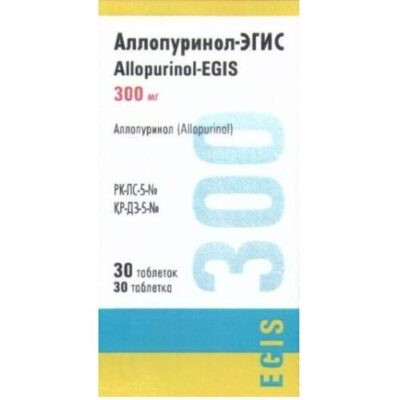
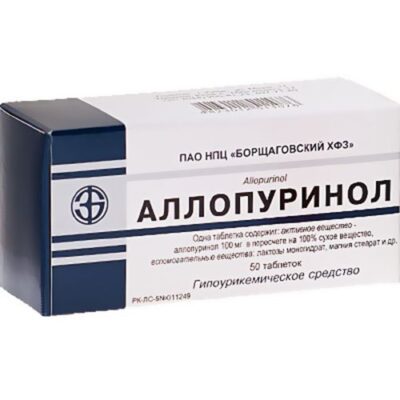






Reviews
There are no reviews yet.